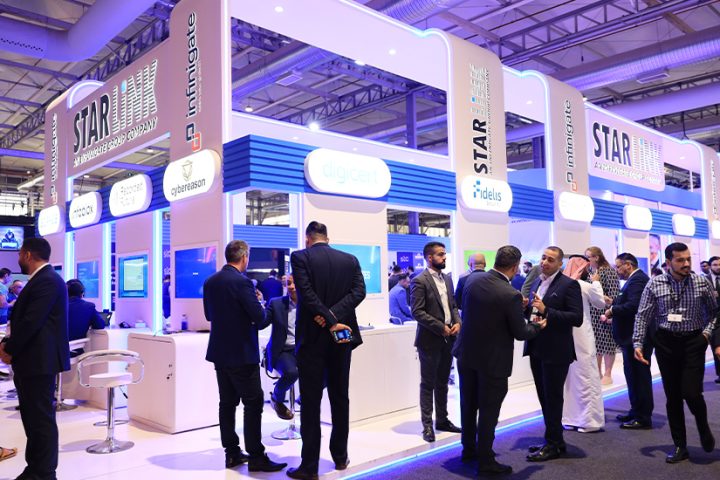Kissflow is a well-known company for process automation and low code. Currently, the market has evolved very fast, and everything has to be automated, whether someone applying for a credit card or a company wanting to onboard a new employee. All these are processes that go through different stages.
What low code brings to the table is how fast you can automate these processes with the power of visual modelling. Visual modelling ensures you do not have to have a very steep technology learning curve to develop that application and rapidly go live.
The starting point is always business
What Kissflow starts with is to basically look at the customer’s current processes. There are many customers who depend on paper-based processes. Kissflow starts by analysing how processes are currently executed in the organisation. Then the vendor does modelling around that to bring out the maturity. Second is to improve the operational efficiency.
Kissflow does the process designing first, that is the starting point. Then using the tool set Kissflow automates these processes and features and delivers to the customer engagement.
What Kissflow starts with is to basically look at the customer’s current processes
Typically, low code is seen as heavy on technology competence. One of the things Kissflow does differently is to ensure business is able to adapt to this easily. So, the starting point is always business.
Business stakeholders understand their key priorities, what are their key deliverables, and what are their key objectives they want to achieve. Kissflow starts with visual modelling which gives a window for business to look at different applications and what they want to do.
Kissflow does the process designing first, that is the starting point
They will be able to bring the design elements to the whole process, including:
- What is the information that needs to be captured?
- How intuitive should the user experience be?
The entire visual modelling engagement allows business to start building those workflows, and user interface frames. Then once that comes to maturity and the business is aligned with what they want to do and they have visualised this on the tool, then Kissflow allows that technology or specification built by the business to be handed over to IT.
IT can then do the heavy plumbing such as integrating with the ERP system whether SAP or Oracle or others and deliver a seamless journey for process automation.
One of the things Kissflow does differently is to ensure business is able to adapt to this easily
When you look at process automation – it is something that cannot be done in an isolated manner. It has to be tightly integrated with different technologies which the customer is using and that is precisely what Kissflow offers.
What Kissflow as a platform brings is the power of two. Kissflow is not heavily reliant on IT to deliver these engagements, Kissflow is adding business as an inclusive part of the technology stack. Kissflow starts the journey with business, and then allows IT to have the control at the core which is very important.
One of the things Kissflow has done as a core capability of the platform is simplicity. Be it a business user trying to develop some interfaces – he does not need to have any technology knowledge – so every user experience is intuitive. They can just drag and drop and create the interfaces. And whatever the logical elements need to be written – even that is not complicated. If a business user is capable of using Excel, they will be able to define the logic that is needed.
Kissflow starts with visual modelling which gives a window for business to look at different applications
It gives a journey with simplicity that enables businesses to get onboard with this technology very quickly.
One of the things Kissflow has monitored in the last couple of years is that IT tends to get overloaded by all the requests from all the business units. So, IT may not be in the position to define priorities. What Kissflow is giving customers is the ability for business to start the journey so that IT is very clear about what business is looking at.
Then they can tightly follow the information security aspects. Kissflow as a technology is completely hosted on Google Cloud. So, all the different security measures are already handled but IT can continue to have the control at the core.
Business understands their priorities, deliverables, objectives
Kissflow also delivers an employee engagement interface. So that interface does everything – IT driven controls and governance in terms of the role definition and the user definition, what are the security measures to be put in, what is the encryption algorithm – all these things. It is a single intuitive experience.
What low code brings is how fast you can automate processes with the power of visual modelling, and where you do not require a steep technology learning curve.


















